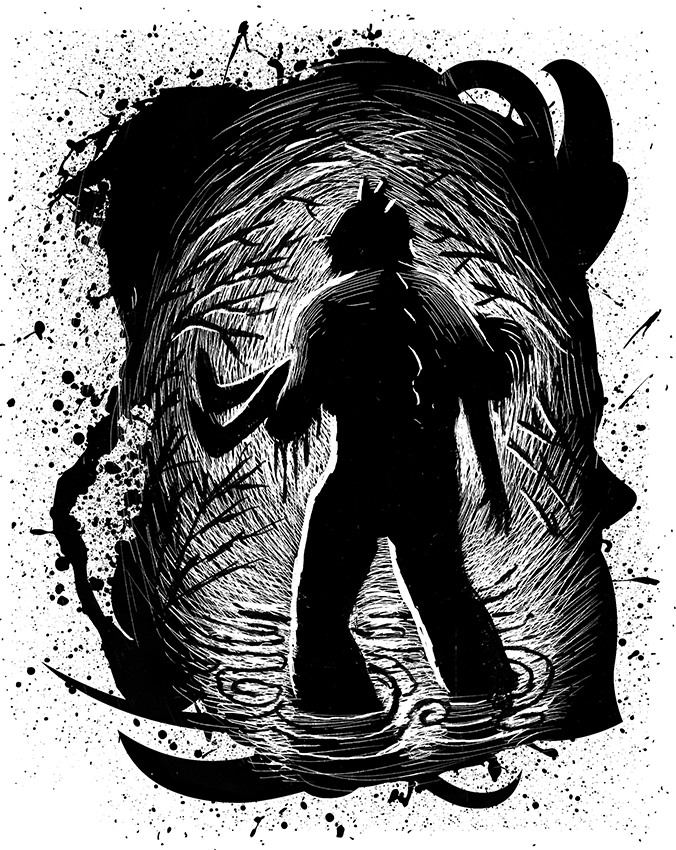 Note: A variation of this essay first appeared a while back over at the fabulous Nerdy Book Club, founded by Donalyn “The Book Whisperer” Miller, Colby Sharp (the man, not the cheese), and possibly several other folks. The history is not entirely clear to me. Nonetheless! You can follow all their nerdy, book-loving, classroom-centered hijinks on Facebook, Twitter, and various other social platforms, I’m sure.
Note: A variation of this essay first appeared a while back over at the fabulous Nerdy Book Club, founded by Donalyn “The Book Whisperer” Miller, Colby Sharp (the man, not the cheese), and possibly several other folks. The history is not entirely clear to me. Nonetheless! You can follow all their nerdy, book-loving, classroom-centered hijinks on Facebook, Twitter, and various other social platforms, I’m sure.
These days, young people are crazy about zombies. That’s just a plain fact. Not every kid, of course, but a lot of them.
And I’m here to say: Use that as an advantage in your classroom. Seize the day zombie! Particularly when it comes to student writing. Some girls want to team up to conjure a story about a zombie apocalypse? Here’s a pen and paper. Go for it, ladies.

Many students, as young as third grade and on up into high school, are watching THE WALKING DEAD. The secret that quite of few of them don’t realize is that the hit television show is not about zombies at all. It’s about people surviving zombies. The zombies themselves are boring, without personality, almost irrelevant. They could be switched out for deadly fog, or World War II, a forest fire, or a tsunami. The zombies are simply a device to propel forward a character-driven story. It’s the engine that drives plot — all those pistons churning — and gives each moment heightened meaning.
That’s my point here. Any zombie story is almost entirely about character.
 What we need to recognize is that, counter-intuitively, the zombie plot device perfectly lends itself to character-centered story. In the case of THE WALKING DEAD, it could even be argued that it’s about family, blended, modern, unconventional, or traditional.
What we need to recognize is that, counter-intuitively, the zombie plot device perfectly lends itself to character-centered story. In the case of THE WALKING DEAD, it could even be argued that it’s about family, blended, modern, unconventional, or traditional.
With, okay, some (really) gross parts thrown in. Warning: Some characters in this story may get eaten. Hold the hot sauce. Ha! And why not, if that’s what it takes? If a little bit of the old blood and guts is the hook you need to lure in those writers, embrace it.
You can’t write a good zombie story without creating an assortment of interesting characters. Then you place those diverse characters in danger, you bring them into conflict with each other, you get them screaming, and talking, and caring about each other.
As, okay, they are chased by a bunch of zombies.
There’s no drama unless the writer makes us care about his or her characters. Your student writers will be challenged to make those characters come alive, become vivid and real. We have to care that they live or, perhaps, really kind of hope they get eaten alive in the most hideous way possible by a crazed zombie mob. Screaming, hopefully.
Don’t be turned off by that. Remember, it’s really all about character development, keep your focus to that. Dear teacher, I am saying this: embrace your inner zombie –- and turn those students loose. We can’t all write about dinner parties and visits from Aunt Gweneth.
What they will be writing will be no different than your typical Jane Austin novel. Except for, you know, all those bloody entrails.
——
There are currently six books available in my “Scary Tales” series. Not pictured: Swamp Monster.

































